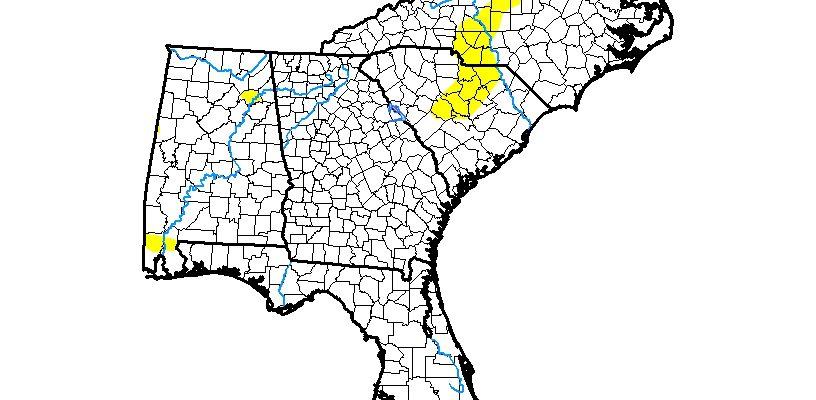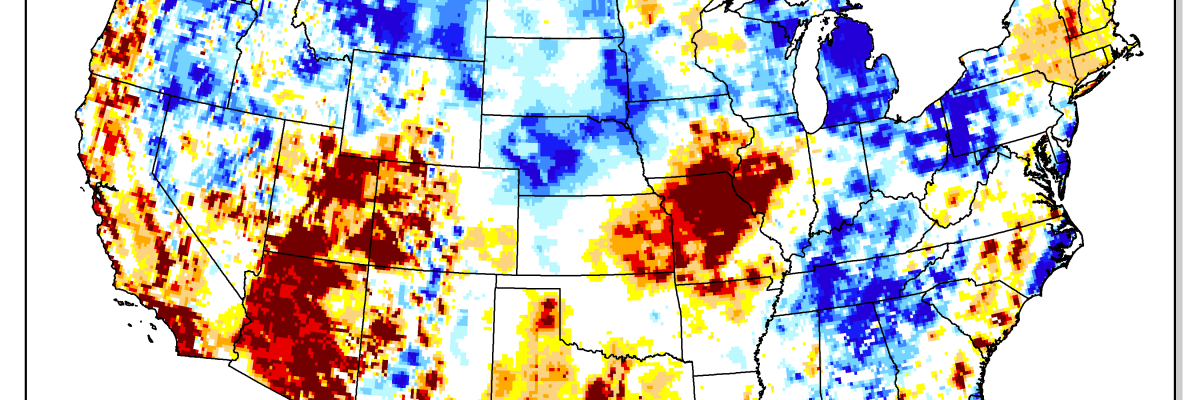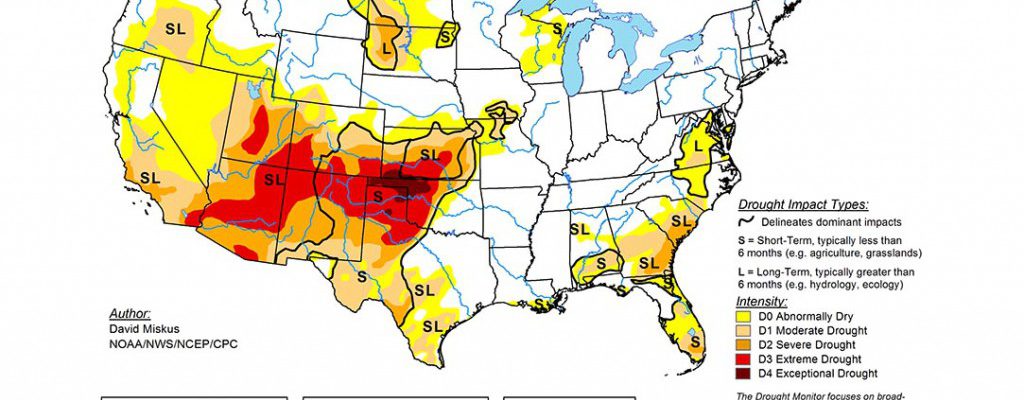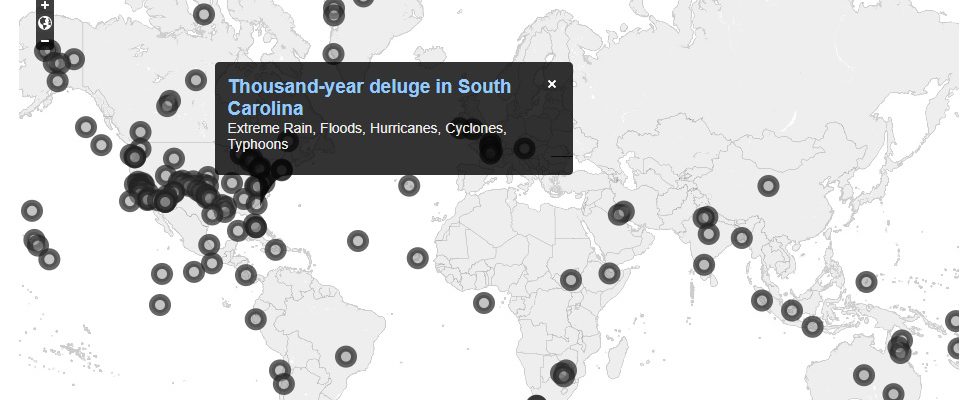-

The latest Drought Monitor, released today, shows that the small regions of abnormally dry conditions in Alabama have generally shrunk in the last week due to recent rains. However, the area of abnormally dry conditions that span the NC-SC border in the Piedmont has generally expanded, since those areas missed rain that hit elsewhere in…
Posted in: Drought -

NOAA’s Climate Prediction Center produces long-range forecasts for several time periods, including 6-10 days, 8-14 days, 3-4 weeks, and for one to three months at a time going out to as much as a year ahead. Most of these forecasts provide shading to indicate where the probabilities are tipped towards warmer or colder than normal…
-

Irma hit the Florida peninsula almost ten months ago, causing heavy damage to many farms in the region. Producers are slowly recovering from the impacts of the winds and flood, but dairy farmers have been slow to benefit because of a clause in the recovery legislation which barred dairy farmers from recouping losses since milk…
-

NASA’s new GRACE satellite can provide a snapshot look at soil moisture conditions across the entire US. The maps come out one a week at https://nasagrace.unl.edu/. This week’s map shows a streak of wet conditions stretching from Alabama north to Ohio, but dry conditions in southeast Georgia and north into most of South Carolina and central…
-

In recent weeks I have not heard much about drought in the Southeast (and no wonder, considering how wet we have been), but in past droughts I got a lot of questions about our drought status as depicted in the Drought Monitor. Here’s an interesting story about how the Drought Monitor is produced, basically on…
-

If you are interested in what is going on in weather and climate around the world, you should check out Climate.gov‘s Event Tracker page at https://www.climate.gov/news-features/event-tracker/all. It shows some of the fascinating weather extremes that are happening around the world in a clickable map format that allows you to choose your location and see what event…
-

National Geographic posted an interesting story today on changes in climate that were observed by looking at video footage of a famous Belgian bicycle race that has been held every April since 1929. In looking at the footage of the race, scientists noticed that in the early years of the race, the trees next to…